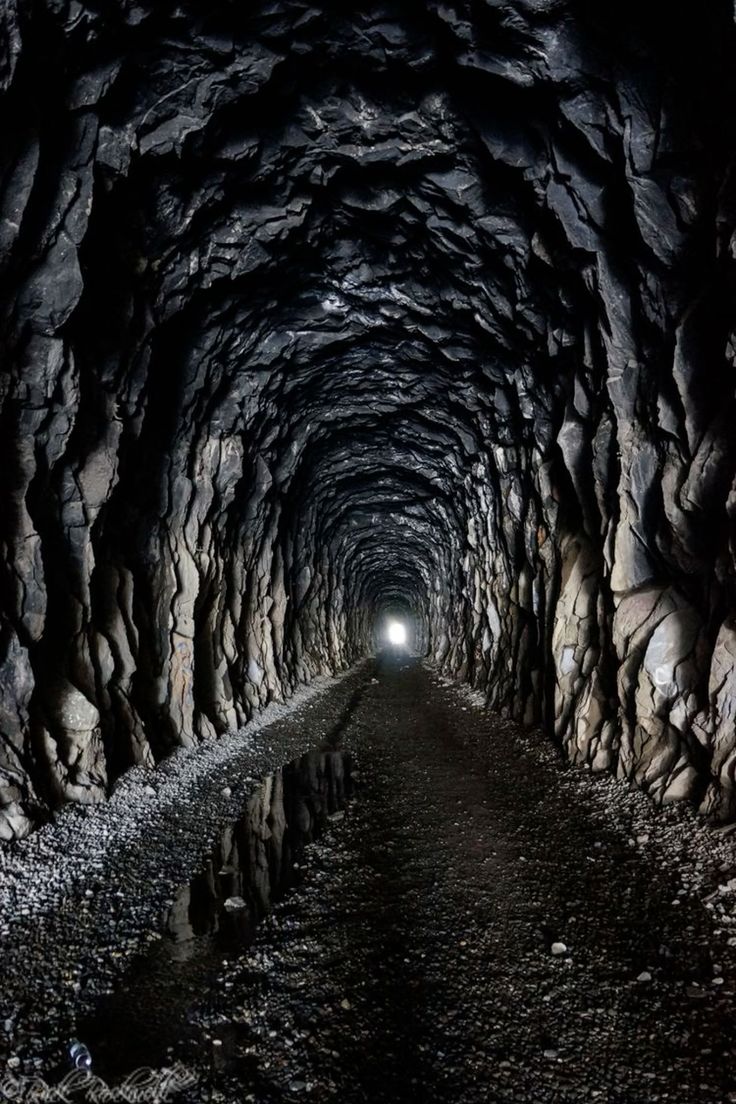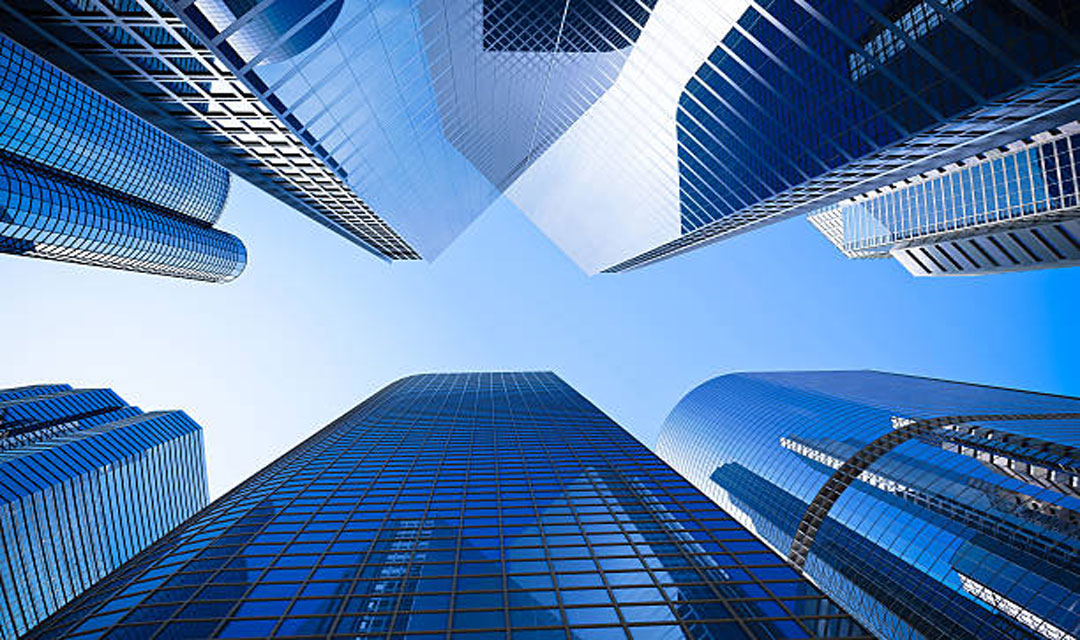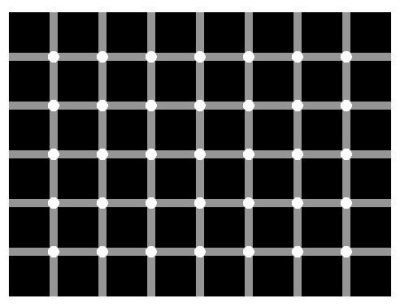ARCHITECTURE AND THE SENSES
Megan Carruzzo

Our vision is naturally attracted by the light at the end of the tunnel, a reassuring and positive element. However, the feeling of fear and unease comes from the dark environment of the tunnel that we perceive with our peripheral vision. It is this peripheral vision that predominates over our focal vision, strongly influencing our emotions and perceptions. Even as we try to focus on the light at the end of the tunnel, our peripheral vision constantly brings us back to the surrounding reality, creating an inevitable sensation of presence and constraint. This dynamic between what we choose to see and what we unintentionally perceive underlines the importance of our immediate environment and its impact on our state of mind.
Although our gaze is often focused on the sky above us, our peripheral vision constantly reminds us of the surrounding environment. Whether man-made buildings or trees carved by nature, it is impossible to escape our relationship with the world and our environment. The greatness of the surrounding elements ensures their constant presence in our field of vision, forcing us to keep our feet on the ground. Our focus is active, allowing us to focus on our destination and focus on our goals. On the other hand, our peripheral vision is passive; it reminds us of where we are and the path we have to go to reach our goal.



THE UNFOCUS VISION
In the section on the multisensory image in The Embodied Image from Juhani Pallasmaa, the text addresses peripheral vision. This immediately made me think of optical illusions, which make us perceive non-existent elements in our peripheral field of vision.